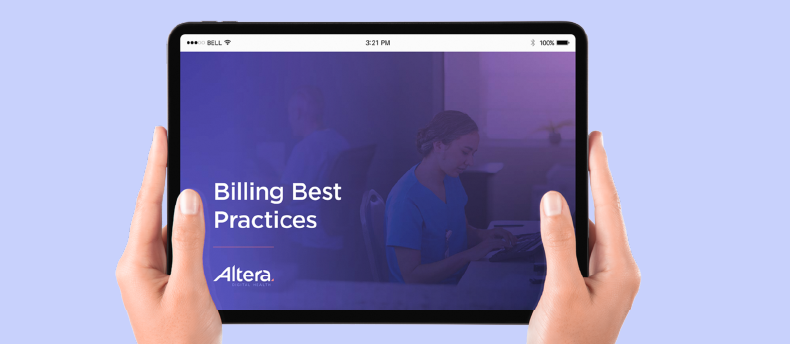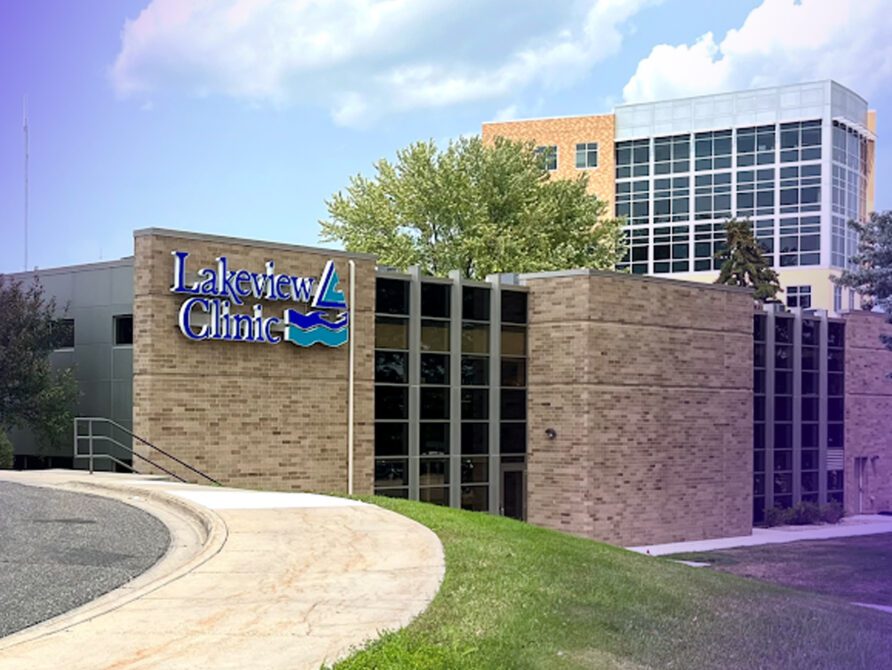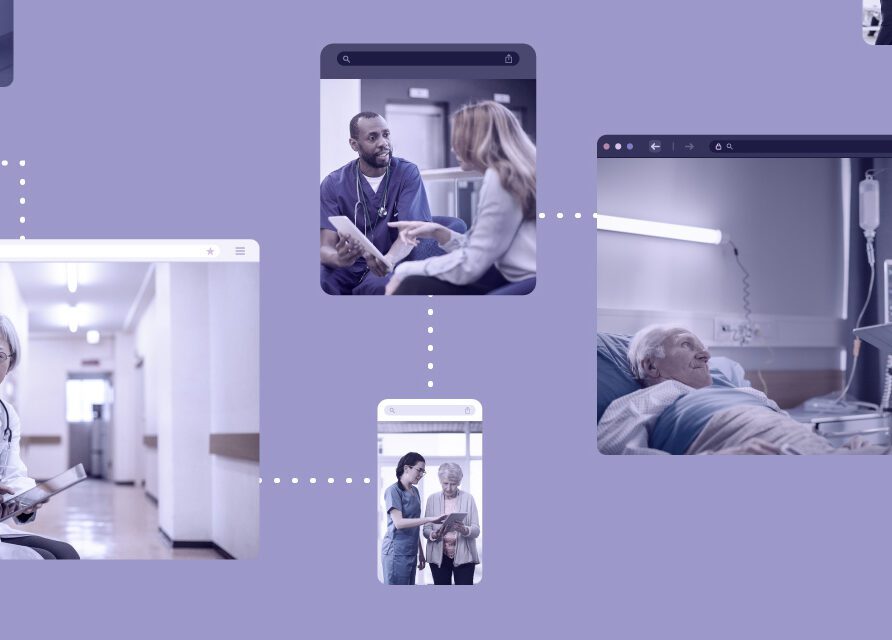FREE EBOOK
Reshape healthcare: Six billing practices to optimize your organization
UPMC providers find immeasurable value
With a robust interoperability solution, providers have quick access to more complete information about the patient-such as allergies, medications, lab results, past hospitalizations, and other data important to clinical decision making. UPMC assigns dbMotion accounts to clinicians and other users, including, but not limited to, registration team members, infection control staff, pharmacists and social workers.
From a clinical perspective, the value that an interoperability platform brings is immeasurable. "Seamless connectivity between unrelated health systems through a standardized data exchange platform reduces duplicative tests, delays in care and administrative overhead costs associated with paper-based chart requests," Dr. Kristian Feterik said. "Interoperability is the foundation of a well-functioning and efficient electronic health record system."
There are unexpected benefits of making an interoperability solution available to a wide range of users. Physicians are clinical decision makers however information gatherers are everywhere. An example of this can be found in the Emergency Department at UPMC's Childrens' Hospital. Staff members from the UPMC Injury Prevention Center are able to review information found in CCHIE and determine if there is a commercial product that contributed to, or was responsible for, the incident that brought a patient to the UPMC Childrens' Hospital Emergency Department.
UPMC conducted a survey to evaluate what information clinicians found most useful. "Clinicians use dbMotion for many reasons, some of the top reasons include finding lab results-and being able to trend those over time, which they can't do in the EHR," Michalec said. "All types of providers are finding it useful in ways we couldn't have predicted."
Access to this data influences care delivery. Another UPMC survey revealed that two out of three providers reported the data they see in dbMotion directly affects clinical decision making and helped determine their plan of care.
What's next for UPMC
The interoperability team continues to find ways to add value, including, expanding integrations with health data exchanges, deeper integration of the data into the clinical users workflow and exploring secondary use of the data.
"Our growing focus is connecting to other state and national HIEs," Sentner-White said.
UPMC relies on Altera as a trusted partner. "We can really work with Altera to solve issues when they come up," Bridge said. "We still have input with the solution, and our input is valued…we can bring clinical perspectives and know that dbMotion will meet those needs."
Related Insights













